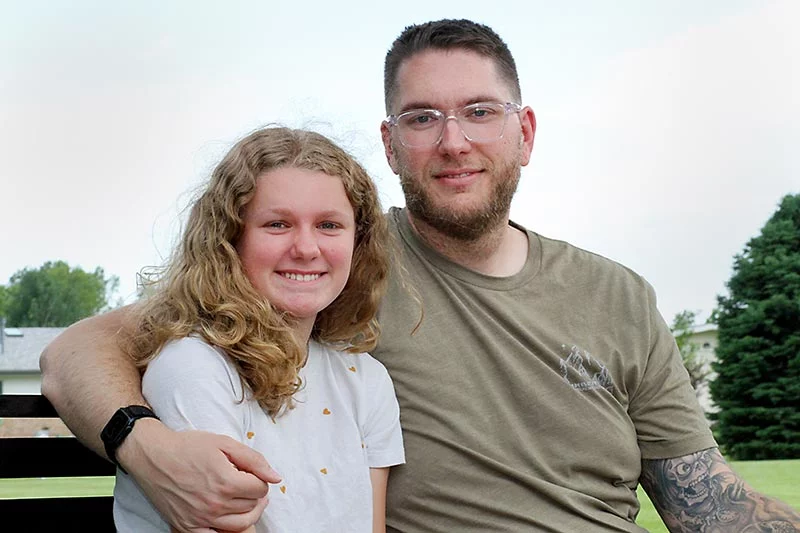
The worst moment of Dave McLarty’s life was also his luckiest one.
A few months ago, the 38-year-old Greeley dad of three was running down the court at a parent-daughter basketball game at a school gym. The next thing he remembered, he was being transported to the hospital after suffering — and minutes later being saved from — a life-threatening cardiac arrest.
“The game had just started, and about two minutes in, I recall a parent passing me the ball and having a difficult time catching my breath. I was caught off guard by it, and I went to take a breath and felt my chest inflate, but it seemed like no air came in.”
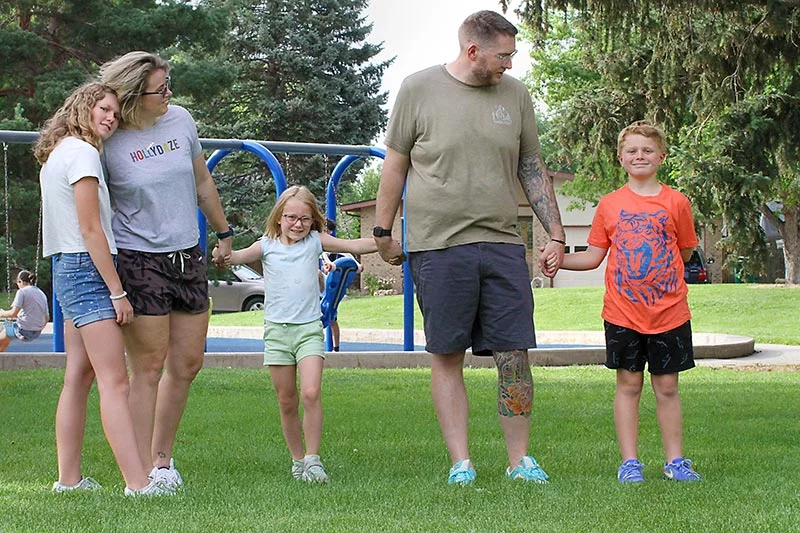
He fell backward onto the gym floor while his children and the rest of the families watched in horror.
Dave had experienced a ventricular fibrillation arrest, a life-threatening abnormal heart rhythm that starts in the lower chambers of the heart. Instead of beating steadily, the ventricles quiver and lose their ability to pump blood through the rest of the body, cutting off its supply to the brain and vital organs.
Without emergency treatment, sudden cardiac arrest can lead to brain and organ damage — or death — very quickly. With each passing minute, a person’s chance of survival decreases by about 10%.
To save his life, Dave needed immediate defibrillation, an electric “shock” from an AED, which stands for automated external defibrillator. When someone experiences ventricular fibrillation, shocking the heart, along with CPR, is the only way to restore the heart’s regular rhythm.
Through the quick thinking of bystanders, foresight on the part of the local school district and an emergency response where every step was perfectly executed, Dave emerged with little physical or cognitive damage in what easily could have been a tragic outcome.
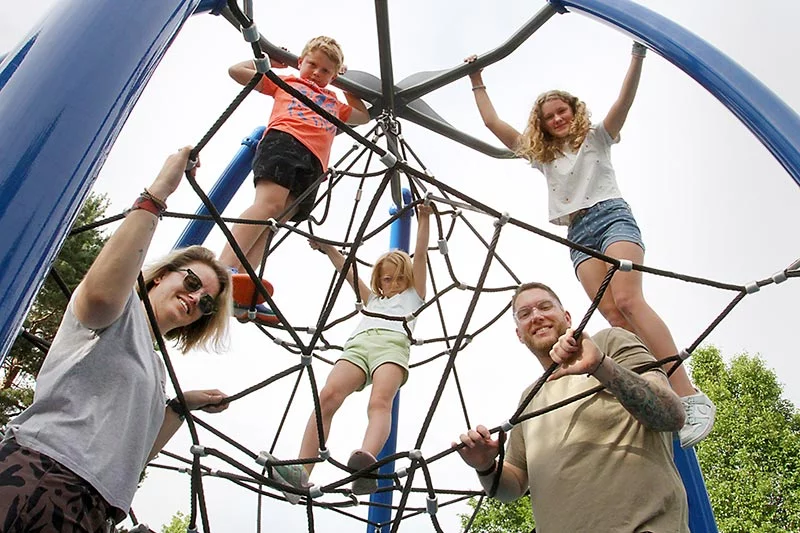
“All the stars aligned. Dave is alive and can be with his kids. He was functioning fine right out of the hospital. That’s pretty unheard of,” said Annaliese Jordan, cardiology nurse practitioner at UCHealth Medical Center of the Rockies in Loveland. “Everyone was in the right place at the right time.”
That included off-duty Denver firefighter Alonso Gallardo, who, as luck would have it, happened to be in the bleachers that evening watching his granddaughter. He quickly surmised the seriousness of the situation and jumped into action, using the AED on Dave twice to provide the electrical shock needed to restart his heart, while one of Gallardo’s daughters performed manual CPR.
“A whole lot of people were involved, and everyone was taking care of each other, and people were taking care of the children to make sure they were OK during it all. I’m grateful for everyone involved, as everyone played a part,” Gallardo said.
Now, as Dave thinks back to that scary night in late February, he feels overwhelming gratitude for Gallardo, medical personnel, school officials, and parents who helped during his emergency.
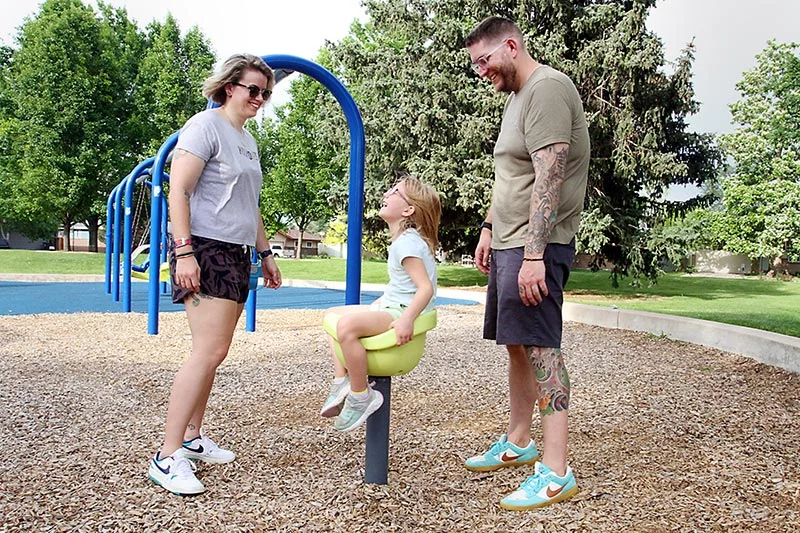
“It sounds cliché to say when you survive a near-death experience, but it does put life in perspective. I walk around now with a new appreciation for the warm sun on my face, hearing the birds chirp and my kids laugh. That feels so special,” he said.
How did this young dad suffer sudden cardiac arrest?
At 38 and 6 feet, 6 inches, Dave is a fit and healthy father of two daughters, aged 11 and 5, and a 9-year-old son. He grew up outside Pittsburgh and moved to Colorado in 2009 to be closer to his now ex-wife’s family. An audio-video engineer who designs complex IT systems for both residential and commercial clients, he decided to get healthy four years ago and lost 150 pounds through diet and exercise.
At the time of his cardiac arrest, he was working out five days a week, biking and doing strength training and had never experienced any health complications.
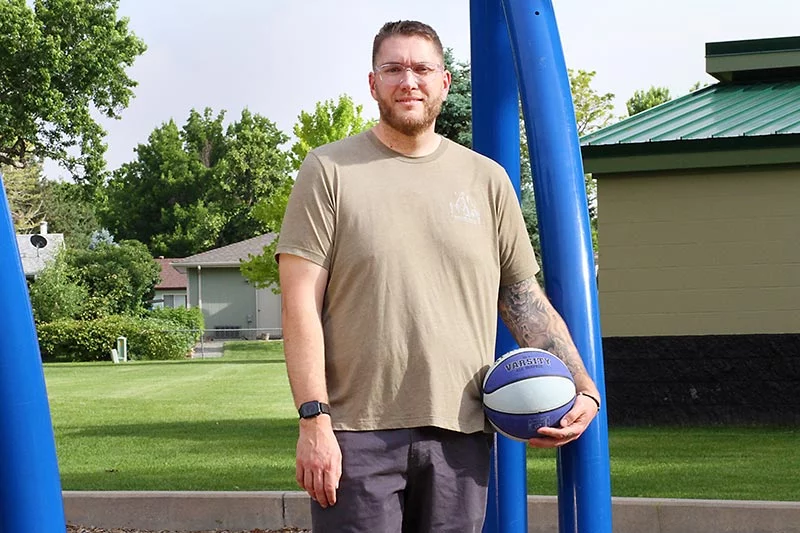
“This really came out of the blue and caught me by surprise, as I was really taking charge of getting myself back to good health. I wanted to be there for my kids.”
Dave is not alone in being a healthy adult who suffers a life-threatening sudden cardiac arrest, during which the heart stops because of a blip in its electrical system. For instance, Buffalo Bills football player Damar Hamlin collapsed during a 2023 game and survived after first responders performed CPR and used an AED.
Unlike a heart attack, which occurs when blood flow is restricted to parts of the heart and causes heart muscles to fail because of clogged arteries, Dave’s arteries were fine.
Instead, the culprit for his cardiac arrest was an electrical problem that can usually be traced to genetics.
“We always associate heart disease with older adults, and perhaps people who are out of shape and eat nothing but double cheeseburgers. I always thought this wouldn’t happen to me, that I was safe from a cardiac event because I lived a healthy lifestyle. But it can happen to anyone,” he said.
When to use an AED: The seconds that saved this father’s life
Dave arrived at S. Christa McAuliffe STEM Academy in the Greeley-Evans School District 6 for the late afternoon parent-daughter basketball game feeling fine and symptom-free. He would be playing against his oldest daughter, Madilynn, a sixth grader, while his son, Maddox, who also attends school there, and his younger daughter, Macy, watched from the bleachers.
A few minutes into the game, Dave found it hard to breathe and felt himself falling to the ground. A parent next to him grabbed him to break his fall, and moments later, everyone in the school gym realized something was horribly wrong.
Dave had stopped breathing, had no pulse and was unconscious on the gym floor.
While someone called 911, a school staff member ran to get the portable AED mounted outside the gym door and got it to Gallardo, who had rushed to Dave’s side. While Gallardo’s daughter performed hands-only CPR, the firefighter removed Dave’s shirt and placed one of the pads on his upper right chest and the other on his lower left chest.
The AED provides voice commands with step-by-step instructions, instructing users on the exact steps they need to take as the machine reads and analyzes a patient’s heart vitals within seconds. It also advises bystanders on whether to continue CPR.
“You don’t touch the patient, but let the AED advise you what to do,” Gallardo said.
As the defibrillator analyzed Dave’s heart data, it told Gallardo to defibrillate, or shock him, by pressing a button, and to continue with CPR. The AED instantly monitored Dave’s response to the shock, and after a minute, it announced that he needed another shock.
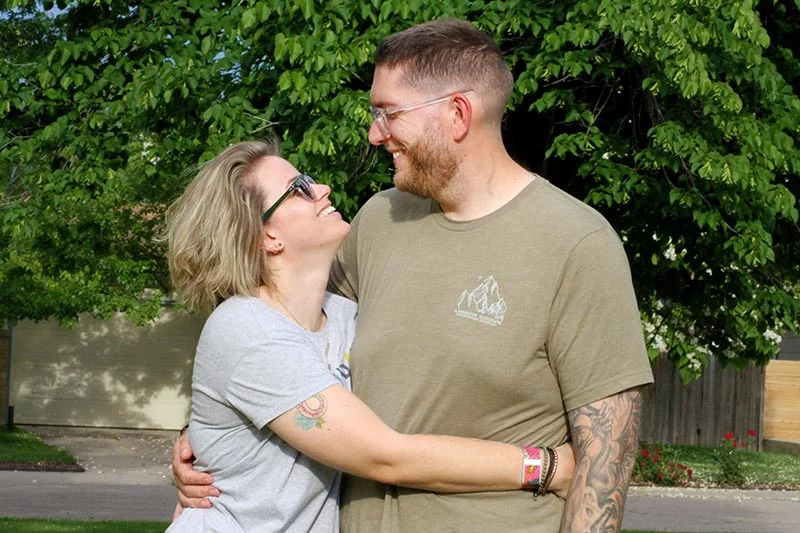
“After the second shock, he regained consciousness and started to breathe and move around, so we stopped what we were doing and let him breathe on his own,” Gallardo said.
By the time the UCHealth emergency ambulance arrived, Dave was alert. Paramedics took him to UCHealth Greeley Hospital for initial tests, then transferred him to UCHealth Medical Center of the Rockies for more advanced testing and treatment.
During Dave’s four days at Medical Center of the Rockies, cardiologists discovered he had left ventricular noncompaction (LVNC), a rare, likely congenital condition he never knew he had. The left ventricle is the heart’s main pumping chamber, but for people with LVNC, those muscle walls don’t fully develop, leading to serious heart problems.
Dave had a cardiac defibrillator installed under his chest below his collarbone, which will deliver an electric shock to restart his heart to a normal rhythm if he ever again experiences an abnormal heartbeat.
“Everyone at UCHealth took such good care of me,” he said. “I have such gratitude for them, and everyone else who helped during the immediate emergency. Obviously, I never wanted this to happen, but it did. I’m so lucky I was surrounded by people who performed CPR and knew how to use the AED, and that it was right there outside the gym. If I were home or in a park or somewhere else, I wouldn’t have survived.”
According to Jordan, CPR and the AED were crucial to Dave’s survival and underscore the need for more education about both life-saving techniques.
“It’s a testament to how important it is that more people learn hands-only CPR, and to know where the nearest AED is located when they are in public buildings. They really are simple to use, and the machines walk you through exactly what you need to do, step by step.”
She encouraged community members to enroll in hands-only CPR.
“They are usually free, last about two hours and can make a huge difference in emergency situations.”
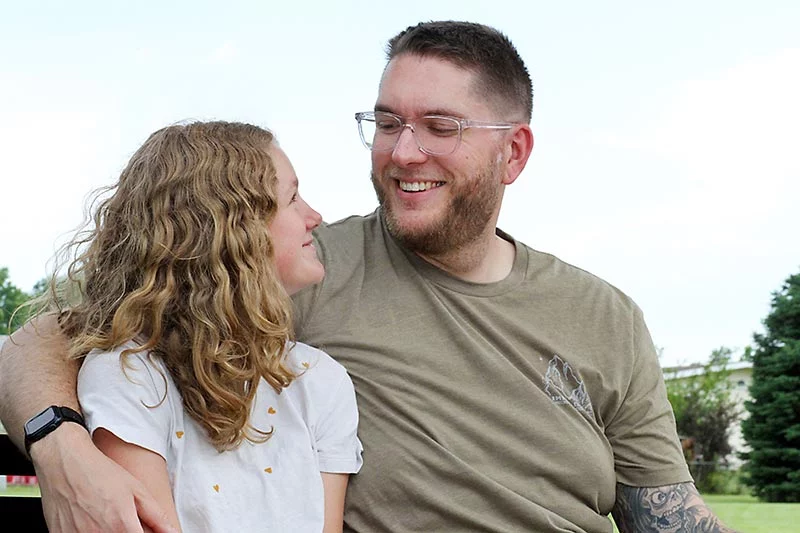
Gallardo agreed and emphasized that proper training and using the AED on the victim as quickly as possible is critical: “Seconds count. Knowing CPR is key, and having an AED is a bonus and great to have available.”
Why AED access in schools matters
The AED that saved Dave’s life was recently installed under a district-wide initiative to increase access to lifesaving devices throughout the school district, said Jenn Clark, a registered nurse and health services coordinator for Greeley-Evans School District 6.
In the fall, the district installed roughly 250 new, top-of-the-line AEDs in its schools and facilities, and Clark’s team of nurses trained staff in how to use them in compliance with American Heart Association guidelines. The AHA recommends AEDs be within a three-minute proximity to a victim; that breaks down to 90 seconds to locate the AED and 90 seconds to get it back to the victim.
“All of the right things came into play at the right time,” she said. “The hard work we put in and the support of the district had a profound impact, as these proactive measures saved a life.”
After his heart returned to its normal rhythm with the AED, Dave remembered being loaded onto a stretcher and loaded into the ambulance. Aside from a bad headache and a sore chest, it was an amazing and quick recovery for someone who was close to death minutes earlier.
“At first, I was extremely disoriented, and I had no idea what had happened or what was going on. I slowly regained my senses and realized I had lost consciousness, but at the time, I didn’t know I’d had a cardiac arrest or any other details,” he said.
It wasn’t until the next day that the gravity of his situation became clearer.
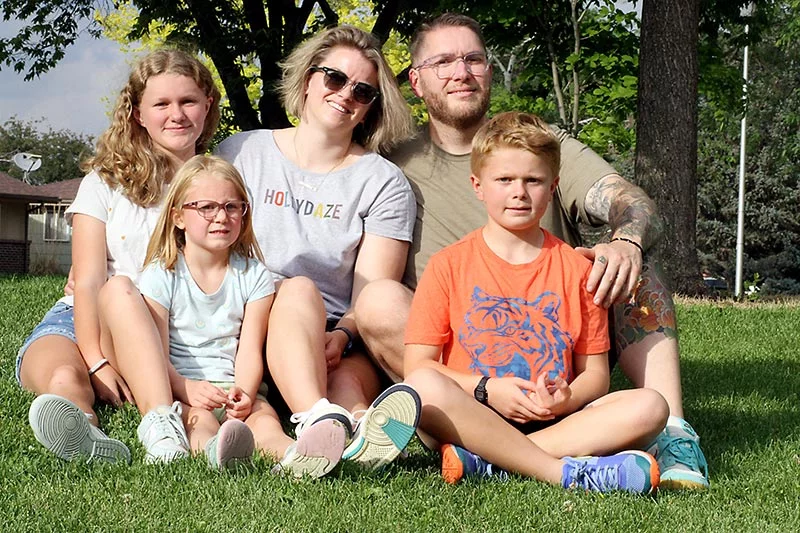
“The only reason I am alive is that there were AEDs in the school and that someone knew how to use it, and that they did it so quickly. All of that meant I was not in a coma and didn’t lose any neurological functions. I have no side effects and can go on, be active, live my life normally and be with my kids and my girlfriend Holly.”
Dave says thank you: Ceremony celebrates AED and CPR heroes
For Gallardo, who was honored at a later school board meeting along with others who responded to Dave’s emergency, being able to meet a fully recovered Dave was extra special.
“It was emotional for everyone,” Gallardo said. “As a firefighter, I’ve done CPR and used the AED on others, but we don’t see the results and actually get to meet the people, so to see how well he is doing is a wonderful thing.”
Dave wants to spread the word about the importance of CPR and AEDs among young adults.
“It was something I never thought of when I went to places, but now I think about it a lot. I am so lucky, and I want to try and not take anything for granted. Every day is a gift. There’s no such thing as a bad one anymore: It’s just bonus time.”
